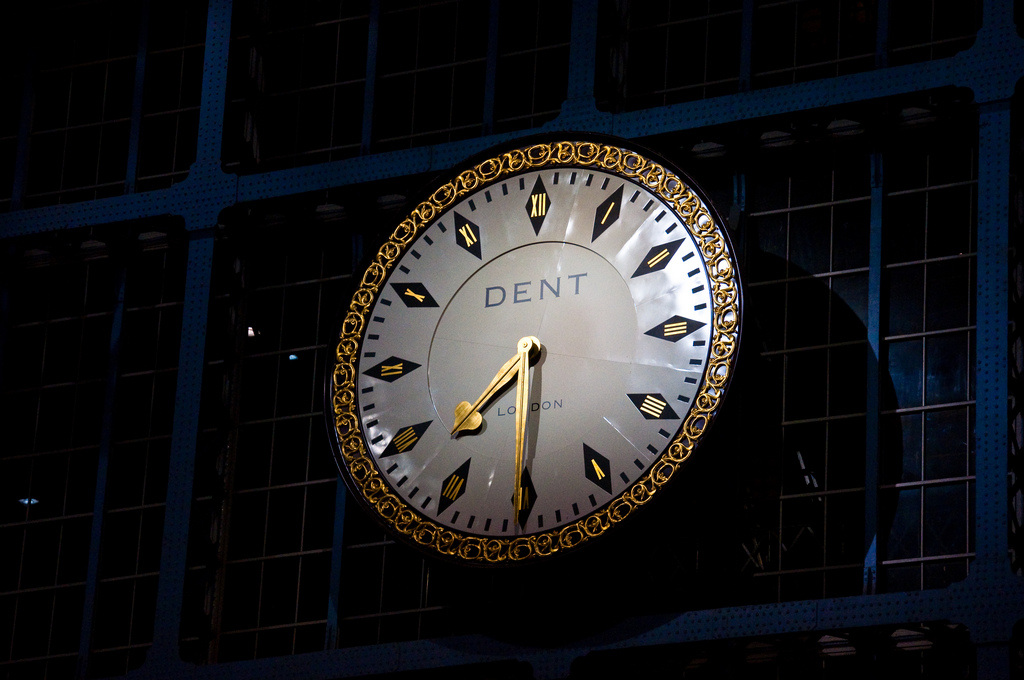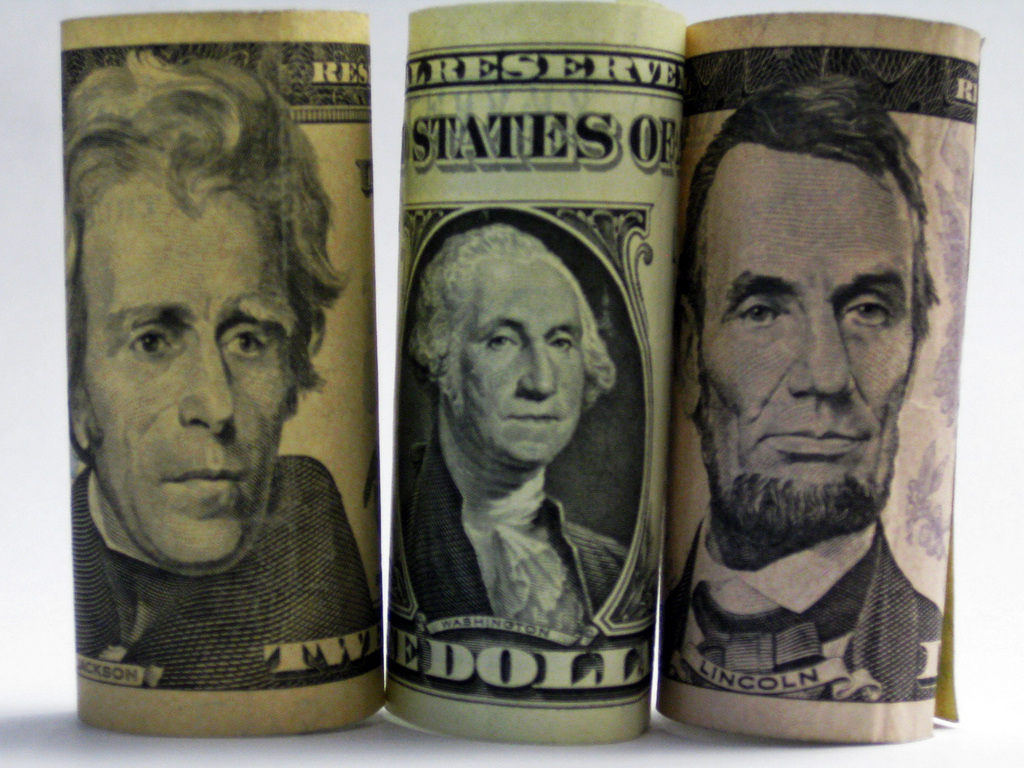| When considering lighting costs, most people typically focus only on the cost of a light bulb and ignore any other costs associated with providing the lighting. However, if one considers the overall cost of lighting (actual money-out-of-your-pocket-costs), a different picture emerges... To more accurately reflect the true cost of the lighting, the calculation should certainly include the cost of the light, but also the cost of installing the light, as well as the energy it takes the power that light over a set period of time. |
Let's take a quick look at an example of the actual cost of lighting today, understanding that this is conservative because energy costs are likely to increase. Because the difference better illustrates the point than a smaller light, lets use a 400 watt MH (metal halide) light, like one often used in parking lots or other outdoor areas. The light draws 400 watts, but this type of light also requires a ballast to regulate the energy that reaches the bulb during start-up and operation (to learn more, see this article from Rensselaer Polytechnic Institute). The ballast itself draws energy to run, which on average is around 60 watts according to Excel Energy's Lighting Wattage Guide. Therefore, a total system draw or TSD can be calculated as follows:
400w (watt) MH bulb + ballast (draws about 60w) = 460w TSD (Total System Draw)
If this light is in a parking lot and runs on average 10 hours per night all year, that would be:
460w * 10 hours = 4,600w or 4.6 kWh (kilowatt hours) * 365 days = 1,679 kWh per year.
Actual Cost of Lighting:
Assuming the cost per kWh is $.15 (15 cents), then the cost for this light per year is about $251.85 per year (1,679* $.15). Assuming the cost of a Metal Halide 400w bulb is around $40, and the ballast is around $70 (both from here), the total cost of lighting for the year is about $361.85. If the light lasts the 20,000 hours expected life, it would last about 5.48 years (20,000 / [365 *10 hours]). This would be roughly a dollar day.
This would mean that the cost of the light over its lifetime would be about $1,496 ($362 the first year and $252 each year for an additional 4.5 years), assuming the ballast and the light last the Metal Halide's expected life. To make things easy, let's call it $1,500. As you can see, this would mean that the cost of the light itself is actually only 40 / 1,500, which is about 2.7% of the cost of providing the lighting over its lifetime.
The cost of the Metal Halide bulb is only about 2.7% of the total lighting cost...
| Remember this does not include any increase in energy costs, which are likely to increase at least 25% in the next 10 years, meaning this initial cost will become an even lower percentage of the total cost to provide the lighting. This is one of the primary reasons for the growing interest in LED lighting. If energy cost is already more than 97% of the overall cost of providing lighting, as the cost of energy increases, this ratio will only get more and more extreme. So why are people so interested in LED lights? Because LED lights and can reduce energy consumption by 50% or even more. Using the same scenario, an example of an LED light that puts out an equivalent amount of useful light to a 400w MH light is the Leading Edge Designs 120w Universal Round. So, let's review the costs again, this time using the LED. Because the LED is laboratory tested to last 50,000, which would be 13.7 years (50,000 / [365*10]) - conservatively, let's call it roughly double the approximately 5.5 years the Metal Halide is rated to last. (Therefore, the equivalent Metal Halide total lighting cost over the life of the LED light would be $1,500 * 2 = $3,000.) | (Side note, if you'd like to know why this can be an equivalent source of light even though the lumen output would be rated differently, please see my recent post that explains How can 10,000 Lumens can be brighter than 20,000 lumens?) |
Assuming the same $.15 (15 cents) cost per kWh, the LED would cost $65.70 per year to run. Over the 11 year period to equate to the Metal Halide (2 * 5.5 years), the energy cost would be $722.70. Let's say the LED light hardware costs $1,000. The LED total lighting cost would then be $1,722.70.
The total cost of this lighting is approximately $3,000 for the Metal Halide and $1,723 for the LED.
Hopefully, this offers some insight into why it is important to consider total light cost and why LED lights are actually much less expensive than traditional lighting!
As always, please let us know if you have any questions or comments either using the comments section or at www.LED–LTD.us and using the contact us form.


 RSS Feed
RSS Feed
